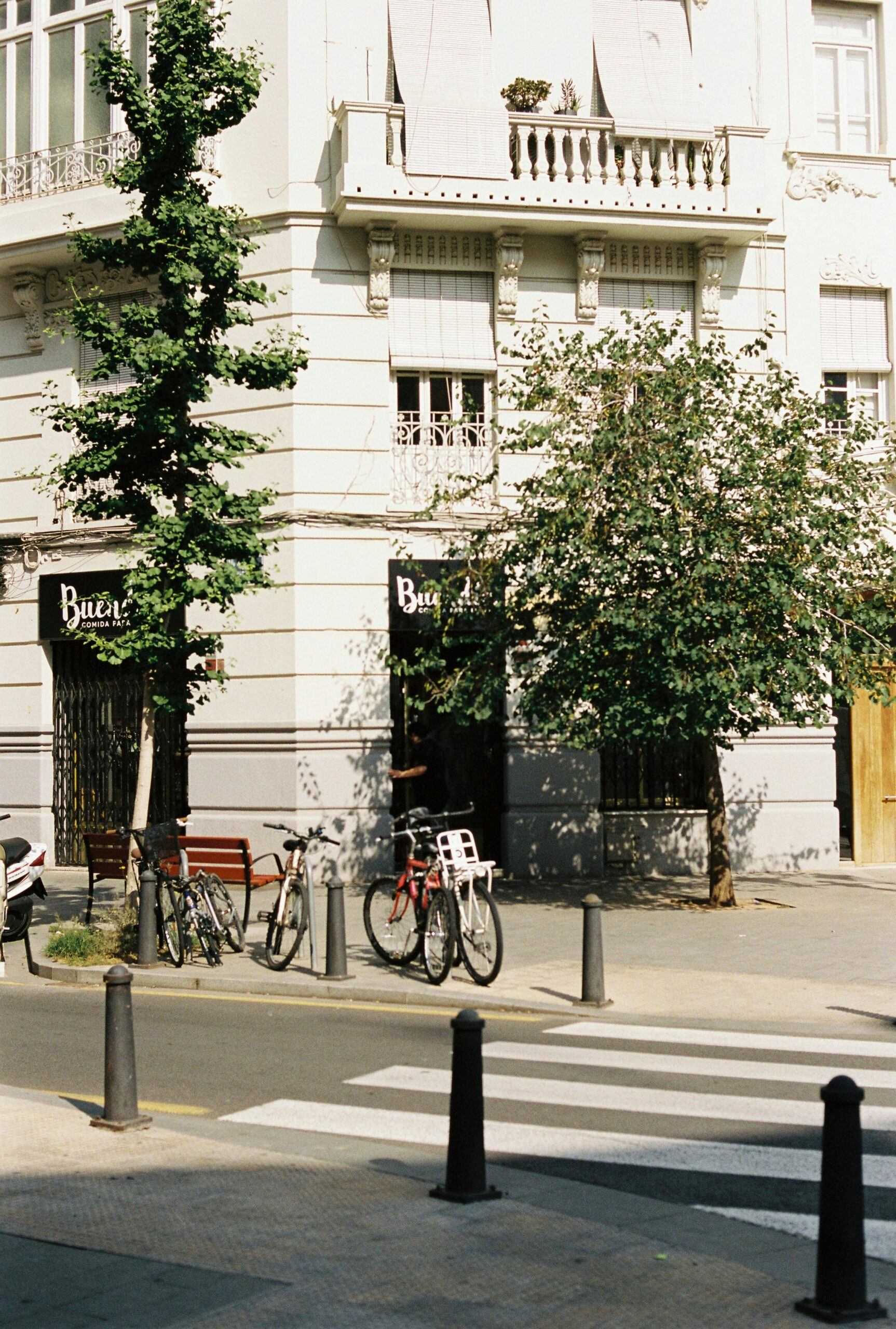Last Posts
Valencia is a city rich in history and culture, and nowhere is this more evident than in its stunning churches and cathedrals. From towering Gothic cathedrals to intricately decorated Baroque chapels, these architectural masterpieces offer a glimpse into Valencia’s religious and artistic heritage. Whether you’re a history buff, an architecture enthusiast, or simply looking to experience the city’s spiritual side, visiting these landmarks is a must. Here’s a guide to the most important historic churches and cathedrals in Valencia.

The Valencia Cathedral, also known as La Seu, is the most iconic religious building in the city. Built on the site of a former Roman temple and a Moorish mosque, this magnificent cathedral showcases a blend of architectural styles, including Romanesque, Gothic, Renaissance, and Baroque. The cathedral is home to one of Christianity’s most revered relics, the Holy Grail, which is believed to be the cup used by Jesus during the Last Supper.
What to See:
Tips:
Located adjacent to the Valencia Cathedral, the Basilica of the Virgin of the Forsaken is dedicated to the patron saint of Valencia, the Virgen de los Desamparados. This Baroque basilica is a key site for religious devotion in the city, and its distinctive oval-shaped dome makes it a unique architectural landmark.
What to See:
Tips:
Often referred to as the «Sistine Chapel of Valencia,» the Church of San Nicolás is a stunning example of Baroque art. While the church dates back to the 13th century, its most striking feature is the 17th-century frescoes that cover the ceiling and walls, creating a breathtaking display of religious art.
What to See:
Tips:
The Iglesia de San Juan del Hospital is the oldest church in Valencia, dating back to the 13th century. It was built by the Knights Hospitaller and has a fascinating history, having served as a hospital, a place of worship, and even a refuge for pilgrims. The church is a mix of Gothic and Romanesque styles and is known for its peaceful courtyard and unique tombstones.
What to See:
Tips:
Located near the Central Market, the Church of the Santos Juanes is another important religious building in Valencia. Originally built in the 13th century, the church has been rebuilt and restored several times, most notably after a fire in the 14th century. The facade is a stunning example of Baroque architecture, and the interior boasts beautiful frescoes and sculptures.
What to See:
Tips:
Valencia’s historic churches and cathedrals are a testament to the city’s rich cultural and religious heritage. From the grandeur of the Valencia Cathedral to the intricate frescoes of the Church of San Nicolás, these landmarks offer visitors the chance to step back in time and explore the architectural beauty of this ancient city. Be sure to take your time to appreciate the unique blend of Gothic, Baroque, and Romanesque styles that make Valencia’s religious sites so captivating.
Recent
Categories